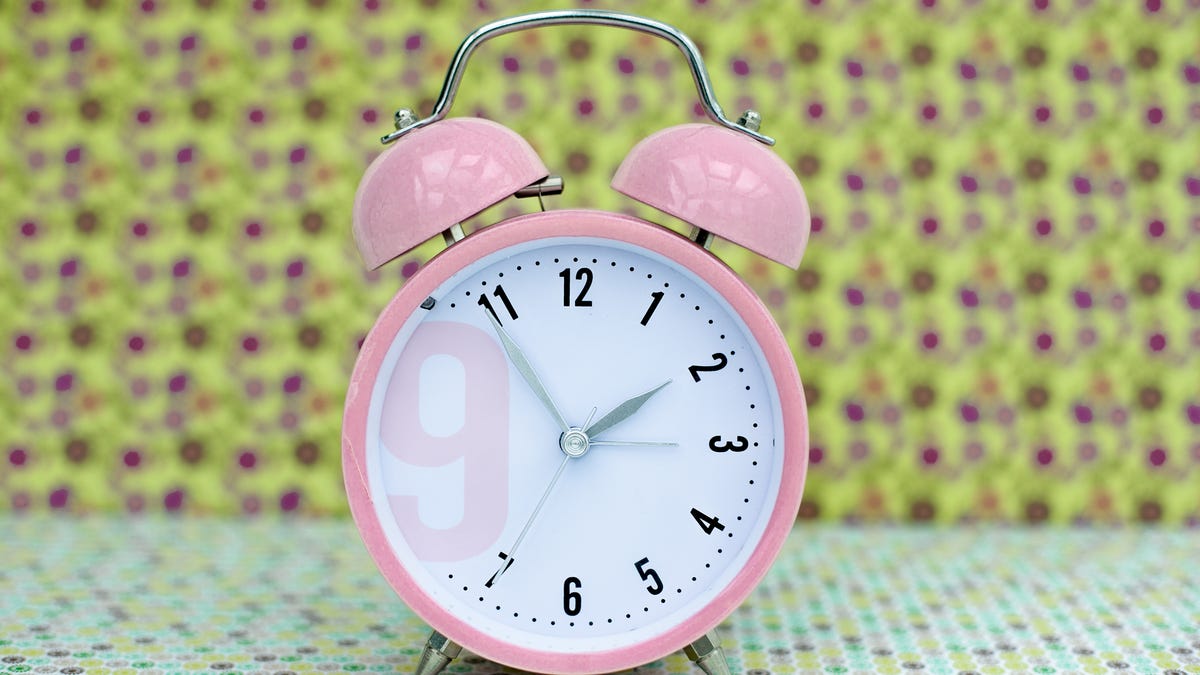Is Daylight Saving Time Becoming Permanent?
"This ritual of changing time twice a year is stupid," says Sen. Marco Rubio, who's reintroduced the Sunshine Protection Act.

A plurality of Americans wants the US to stay on daylight saving time year-round.
On March 2, Sen. Marco Rubio reintroduced the Sunshine Protection Act, which would make daylight saving time permanent.
"This ritual of changing time twice a year is stupid," Rubio said in a statement.
He and others have said the change would improve Americans' productivity and health, while decreasing seasonal depression, childhood obesity and even car accidents.
The Senate unanimously passed the measure last session, but it died in the House.
"This Congress, I hope that we can finally get this done," Rubio added, saying that permanent DST has "overwhelming bipartisan and popular support."
A 2022 Monmouth University poll found that, of the 61% of Americans who want to ditch the clock change, 44% prefer making daylight saving time permanent.
Just 13% want to operate on standard time all year long.
What is daylight saving time?
At 2 a.m .on Sunday, March 12, the clocks "spring forward" one hour, robbing us of an hour of sleep but giving us all an extra hour of sunlight until Nov 5, when we "fall back" to standard time.
In the US, the advancing of clocks an hour in the spring was first formally adopted in 1918, with the Standard Time Act. The measure was abolished shortly after World War I but reintroduced by President Franklin Roosevelt in 1942 and remained in place until the end of WWII.
In the years that followed, various municipalities made their own decisions about observing daylight saving time, making travel timetables a nightmare. The Uniform Time Act of 1966 established a standard daylight saving time period nationwide, beginning at 2 a.m. on the last Sunday in April.
In response to an OPEC oil embargo in 1974, President Richard Nixon signed a bill putting the US on permanent daylight saving time for two years. But as Nixon became embroiled in the Watergate scandal, support for the plan dwindled quickly. Days after his resignation, and just eight months it was instituted, the rule was repealed.
In 2005, the start of daylight saving time was moved up three weeks to the second Sunday in March.
Two states -- Hawaii and Arizona -- don't observe daylight saving time, nor does Puerto Rico, the Virgin Islands, American Samoa, Guam or the Northern Mariana Islands.
DST also isn't observed in Asia, Africa or in many countries closer to the equator, where the change in sunrise and sunset doesn't vary much throughout the year.
Why make daylight saving time permanent?
Proponents say changing clocks twice a year robs Americans of sleep and productivity and causes scheduling errors and other issues. A 2016 study by workforce consultant Chmura Economics and Analytics estimated that the biannual switchover ends up costing the US more than $430 million a year.
Other studies show car accidents involving pedestrians and animals decrease during daylight saving months and, according to a Brookings Institution study from 2015, the extra sunlight reduced the number of robberies by 27%.
In 2008, after the start of DST was moved from April to March, the Department of Energy found the extension saved Americans 0.5% of electricity use a day.
Rubio argues more daylight would also provide additional opportunities for physical exercise.
"We desperately want our kids to be outside, to be playing, to be doing sports, not just to be sitting in front of a TV or a computer terminal or playing video games all day," he said in 2022. "If you don't have a park or an outdoor facility with lights, you're basically shut down around 5 p.m. -- in some cases as early as four or 4:30 p.m."
There's also an economic boost with DST, according to the US Chamber of Commerce, which claims Americans shop more after work if it's light out.
Why are people against permanent daylight saving time?
Standard time is more in tune with our natural circadian rhythms, according to some researchers.
Many complaints about DST involve the inconvenience of switching the clocks back and forth, as well as the risks of impaired focus and judgment from disrupted sleep schedules. Heart attacks spike by nearly a quarter in the days following the start of DST, according to a 2014 University of Michigan report.
And fatal car accidents jump by 6%, according to research from the University of Colorado.
The American Academy of Sleep Medicine reported in a 2020 study that permanent standard time most closely matches our natural sleep-wake cycles, allowing people "to get the right duration of high-quality, restful sleep on a regular basis."
"Daylight saving time results in more darkness in the morning and more light in the evening, disrupting the body's natural rhythm," lead author M. Adeel Rishi wrote.
Parent groups have also argued that, during DST, students are often heading to school in darkness, increasing the risk of accidents.
Where each state stands on permanent daylight saving time
Nineteen states -- Alabama, California, Colorado, Delaware, Florida, Idaho, Georgia, Louisiana, Maine, Minnesota, Mississippi, Montana, Ohio, Oregon, South Carolina, Tennessee, Utah, Washington and Wyoming -- have passed legislation to stay on daylight saving time permanently if and when Congress allows it.
If it does pass, the Sunshine Protection Act has a provision delaying implementation long enough to give airlines and other transport industries time to adjust their schedules.
For more on the time change, learn how to recalibrate after losing an hour of sleep.

